VooDooGasMan
Contributor
AMA you are not really making a good point here is a diver on new years eve, scubapro stabjacket weight intergrated and weight belt
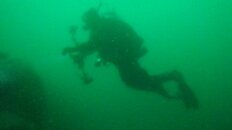
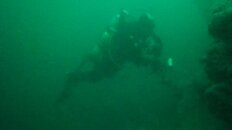 New years day
New years day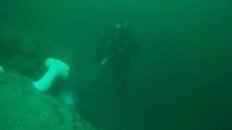
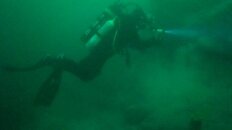
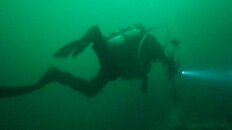
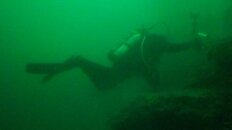
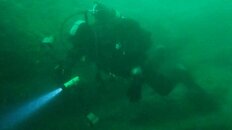 and yesterday
and yesterday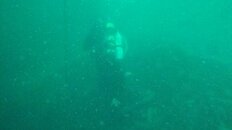
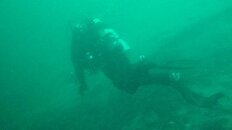
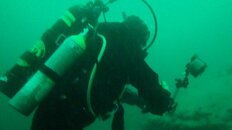
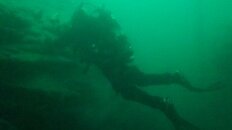
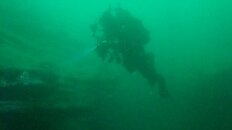
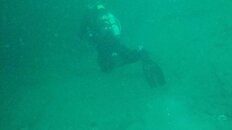 his diving is what ever the topography is and is trim and this guy takes great photos.
his diving is what ever the topography is and is trim and this guy takes great photos.
The BCD makes no difference at all you can achieve perfect trim in any dive gear.

 New years day
New years day



 and yesterday
and yesterday




 his diving is what ever the topography is and is trim and this guy takes great photos.
his diving is what ever the topography is and is trim and this guy takes great photos.The BCD makes no difference at all you can achieve perfect trim in any dive gear.




